varicose veins orphlebeurysm- this is a systemic pathological change in the veins, which is accompanied by dilation, elongation, bending and the formation of nodes, as a result of which the work of the venous valves is disturbed and the blood flow is disturbedchaos.
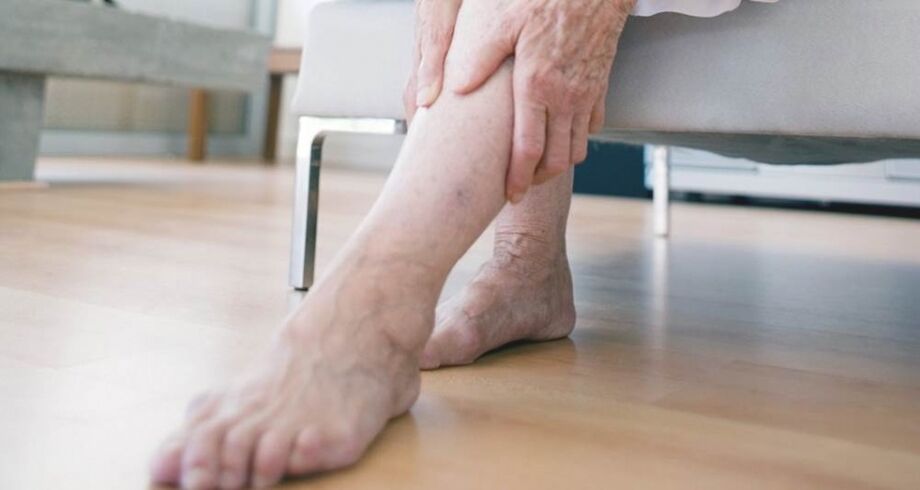
Changes in blood flow almost always lead to changes in the body. The movement of blood in the veins depends not only on the state of the vessel walls, but also on the state of the venous valves, the work of which is to create the movement of blood, to regulate the direction and strength of the flow.In healthy veins, there is a certain balance between vein thickness, venous tone, and valve activity.. When one of these factors changes, the load on the others increases. For example,When the valve fails, the blood flow slows down, a larger volume of fluid begins to accumulate in the veins, as a result of which the load on the walls increases, after which they lose their elasticity and stretch. All of these changes can lead to stagnation of blood in the lower extremities, whereby inflammation, pain, and swelling can occur due to undernourished tissues.
Symptoms of varicose veins
Pain is one of the earliest symptoms that can appear at any age and needs attention.
- At stage 1:discomfort occurs at the end of the working day, there may be a tingling and burning sensation in the legs. This indicates an increase in the load on the venous system of the legs.
- In stages 2 and 3:the appearance of pulling pain and cramps of the calf muscles.
- In 4 stages:Severe pain of a tense and arched character causes lameness.
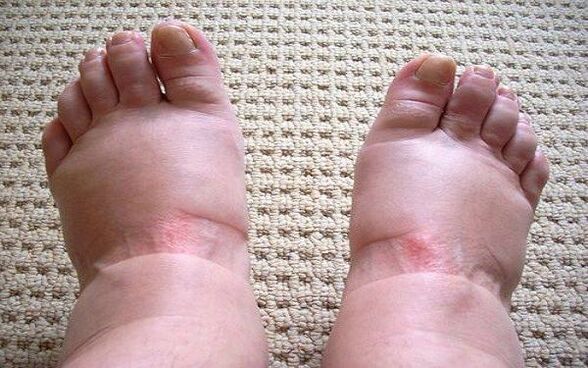
Edemaare also included in the symptoms of this disease and can appear from its early stages. Frequentedema varies in severity on different legs, as it is very rare for cases of completely identical violations to occur. Venous edema in the legs should be differentiated from edema in heart failure.
Itchy- one of the most common symptoms after the pain. It can also appear in the early stages, but is most often noticed in stages 2 and 3 of the disease.
Why do my legs itch when I have varicose veins?
itinvolved in the expansion of the vessel wall and the response of the nervous system in the tissues. Due to the dilation of the vein, it puts pressure on the surrounding vessels and capillaries, possibly injuring them, and the nerve endings that transmit these sensations such as itching, or directly affect the nerves. .
It should be noted thatthe itch will be insideand most will bring no relief trying to influence him by external means.
What do varicose veins look like?
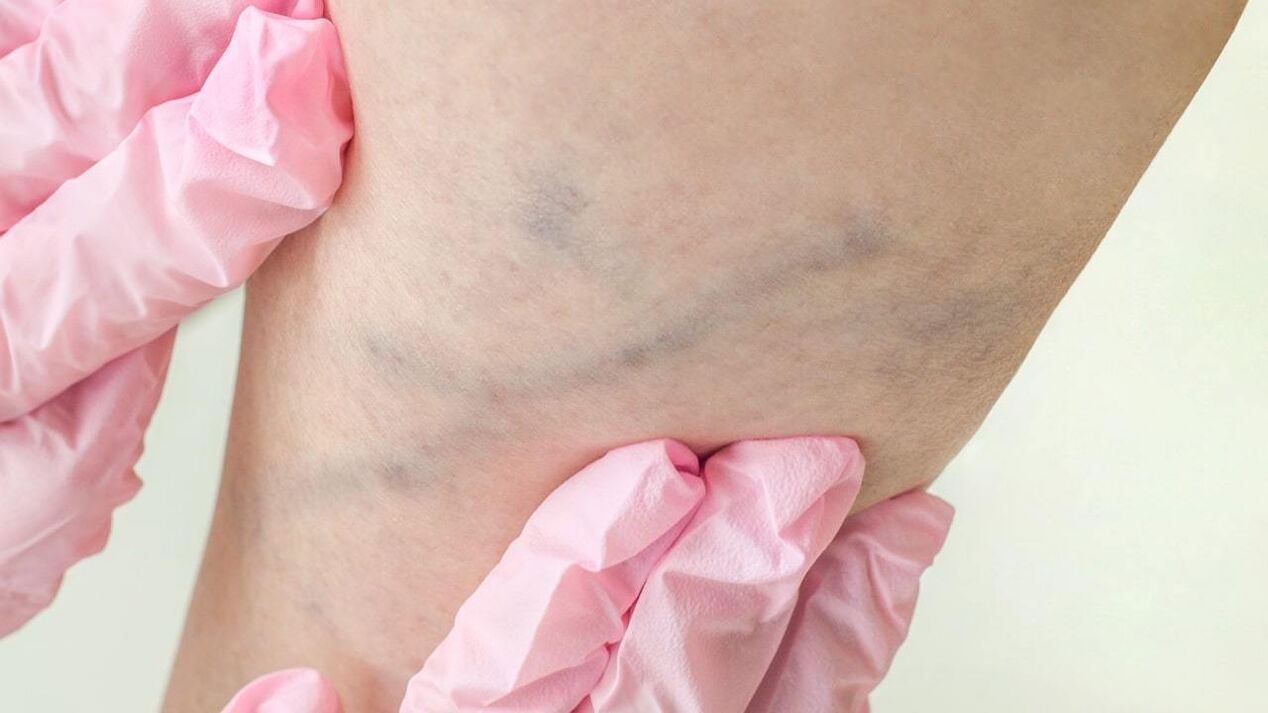
You need to know the answer to this question and have some idea of the disease, so as not to panic ahead of time and not start treatment for a disease that does not exist.
In addition to physical discomfort, the disease manifests itself by external signs:
- Smooth green mesh on the legsThis is no cause for panic, as it symbolizes the failure of the superficial vessels, but if it increases in area, becomes brighter, or begins to protrude, this is a direct path toMake an appointment with a therapist and reconsider your lifestyle.
- Bruises and bruisescan show damaged vessels and bleeding under the skin from there, this is due to a strong load on the veins. Usually this symptom indicates the progression of the disease.
- The appearance of red spots on the legsPeeling and thinning of the skin indicates the atrophic process that characterizes the late stages of the disease.
Prevention and treatment of varicose veins
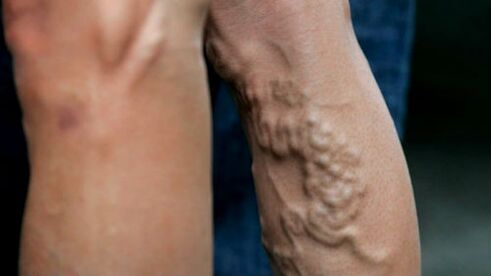
Key actions and procedures for the prevention and treatment of varicose veins:
- Encourageactive moveDaily. Walking, yoga and running will be very useful sports for the health of the veins of the lower extremities.
- Standing for long periods of time puts strain on the muscles and veins.
- Avoid cross-legged posture, it compresses the veins and impairs blood circulation.
- Don't be too tired of taking a hot bathand saunas, prolonged exposure to high temperatures affects the tone of the walls of blood vessels.
- Do not wear tights, give preference to loose clothes and comfortable underwear.
- Bad habits, and especially smoking - negatively affects the tone of the blood vessel walls.
- Light foot massageis a good way to prevent.
- Long-termexpert visitwith an existing problem is also necessary.
Prevention of varicose veins in the legs in women
- Pay attention to the knitted elements of your wardrobe. Costavoid socks and socks with elastic bands that are too tightthat pulls the leg.
- The choice of shoes also needs to be considered:Don't wear high heels everyday, also pay attention to choose shoes with straps and laces, especially on the ankle.
Varicose veins treatment
Treatment should beunder the supervision of a phlebologist. After machine diagnosis and testing, the specialist doctor determines the extent of the disease and prescribes treatment.
There are several treatment methods: drug therapy, surgery, exercise.
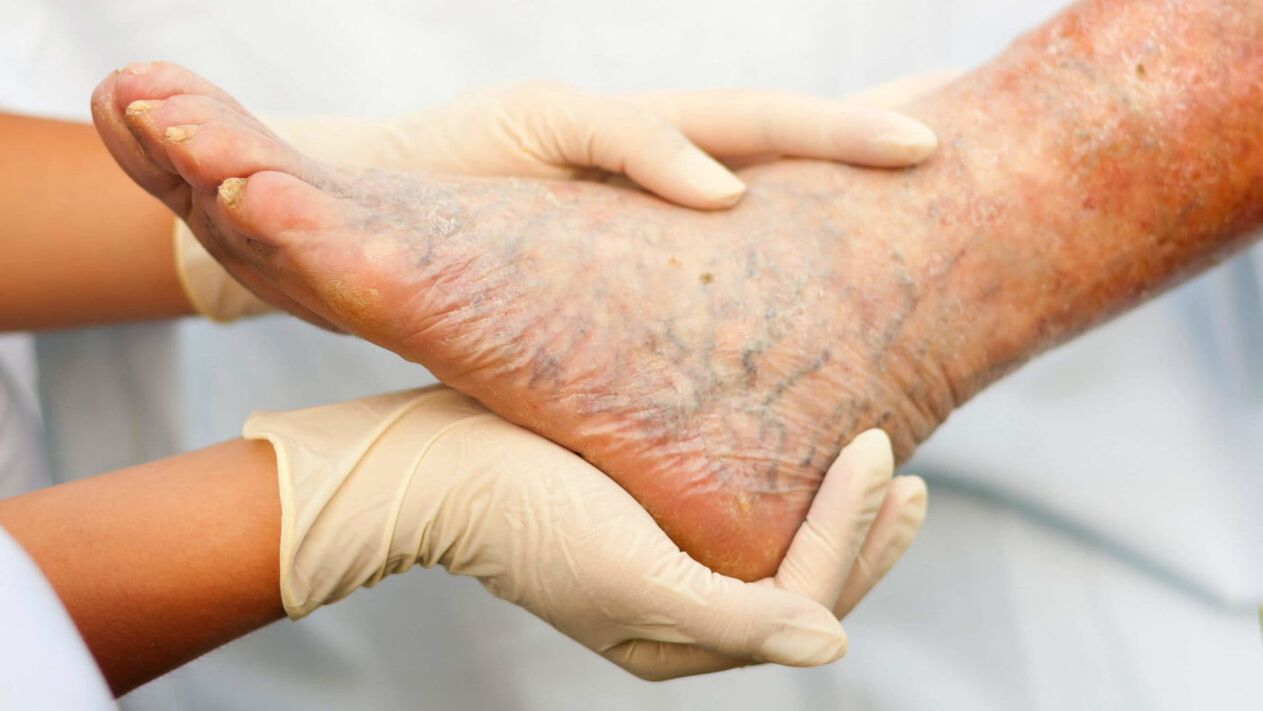
Medical therapy includes:
- Anticoagulants (to thin the blood);
- Antiplatelet drugs (prevents thrombus formation and improves tissue nutrition);
- Venotonics;
- Non-steroidal anti-inflammatory drugs to relieve pain and severe inflammation.
Surgery includes:
- Laser coagulation method: remove surface defects in surface mesh and star shape;
- Therapeutic therapy: "venous paste" by introducing special substances and shutting it off from the blood stream;
- Vein ablation: surgical removal of a vein.
Exercises for varicose veins in the legs
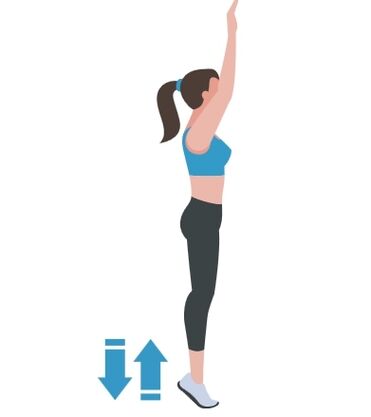
Regular physical activity and exercise help deal with varicose veins.
- Standing position, feet shoulder width apart, hands placed along the body.We rise on our toes, hold in this position for 2 seconds and sharply lower the heel.
- Standing position, hands against the wall or back of a chair, roll from heel to toe and vice versa for 2 minutes.
- A useful exercise would bewalking in place, socks not off the floor. Also helpfulwalk on toes or heels.
- Lying position, raise your legs and perform"bike" movement.
- Seating Position: Alternatebend and not bend the leg, then legs.
Folk remedies for varicose veins in the legs
Treatment with herbal ingredientsMany doctors prescribe it in combination with primary medication or exercise therapy. It is also welcome in the early stages of the disease, when the disease process has not yet begun.
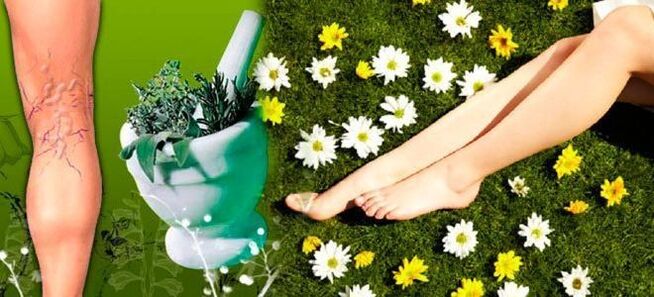
What foods are best for vein health?
- Nutmeg. It is welcomed as a food supplement, decoction and tincture.
- Yellow lemon: tincture, lemon juice, oil.
- ginger: It is very useful in combination with lemon, and in the form of decoction, tincture, compress.
- Compressionwith white cabbage, oil, honey on more painful areas will relieve the symptoms.
- If oneleg swelling due to varicose veins: a compress of aloe vera, burdock will help reduce swelling. Combined with this, they create a good effect.decoction of cranberry, wild rose, dill, thyme, oregano.
Folk remedies for varicose veins of the legs contribute to a quick recovery and do not leave complications leading to drug treatment.
The most important thing in treatment is to understand that in severe cases, folk remedies do not give a strong effect, soNeed to consult a specialistand do not choose treatment on their own.
If the disease is present in the elderly, the person will need help to properly perform exercise therapy (this will be an integral part of the therapy), as exercises may be different. each other for the elderly.
Similarly, it is necessary to choose the right and timelydrug treatmentto avoid further complications in the body. For example,The result of improper treatment can be thrombosis of the superficial and deep veins, as a result of which severe inflammation and even necrotic processes can develop, trophic ulcers that take a long time to heal.
To prevent dangerous complications, seek the advice and help of specialists, especially if you cannot independently control the treatment and follow all the necessary recommendations.












































